18th Century Food: White-pot
In preparation for the Blue Grass Regency Society Picnic, I decided to try my hand at an 18th century dish. Specifically, an 18th century dessert called White-pot. White-pot is a traditional English pudding....not pudding like we think of in America...it's more like an American 'bread pudding'...only much, much better!
The height of White-pot popularity was between the mid-17th century and early/mid-19th century. I discovered White-pot when I was browsing the "Historic Food" site HERE. The White-pot dish and 1723 recipe near the bottom of that page was my inspiration. I had a little modern help though from another similarly named site called "Historical Foods." HERE is their modern interpretation of the same 1723 recipe.
I apologize in advance for the poor lighting in these photographs. My kitchen doesn't have the greatest natural lighting, and on top of that it was a rainy early evening when I made up this recipe. Those are my excuses.
Here are the ingredient amounts translated from the European "Historical Foods" recipe into American quantities and weights.
Recipe Ingredients:
- 1 Loaf Of White Bread (around 20 slices)
- 1 Quart Heavy Cream
- 3/4 cup Sugar
- 1/2 cup (one stick) Butter
- 2 tsp brown sugar
- 6 Egg Yolks
- 1/4 tsp ground mace (I used Allspice)
- 1/4 tsp sea salt
- 1/4 tsp grated nutmeg
sweet-meats (dried fruit) ( I might have used a bit more than the called for measurements.)
- 1/4 cup currants (optional - I used dried figs, chopped)
- 1/4 cup raisins (assorted kinds)
- 1/4 cup dates (chopped small)
Pre-heat your oven to 350 degrees Fahrenheit.
Place your cream in a heavy pot at Medium heat and heat until a slight foams starts to form on the top, about 4 or 5 mins. Then add your Allspice, Nutmeg and salt and heat gently for another 4 or 5 mins. Remove from heat and let cool for about 20 minutes.
While the cream is cooling: Place egg yokes in a large bowl.
Add sugars to the eggs and beat until smooth and well combined. I didn't have brown sugar, so I added a bit of molasses to my sugar.
Butter one side of each slice of bread. I used about 18 slices. This step is really important. It might seem like a LOT of butter, but if you don't do this, your White-pot will stick to your pot, and you won't be able to get it out in one piece. Leave a bit of butter (about a Tablespoon) to use at the end of the recipe.
Chop up your sweetmeats into bite-sized pieces.
Find a large, oven-proof bowl. Mine was white, but your doesn't have to be...the name comes from the color of the ingredients, not the color of your bowl. Line the bottom and sides of the bowl with your bread slices, butter side out, pressing firmly as you lay each piece in.
Sprinkle about 1/3 of your sweet meats mixture into the bottom.
Place another layer of bread (about 3 pieces) and another layer of sweet meats (another 1/3) on the bottom of the pot only. Stop here before layering anything else.
Once your cream has cooled a bit, slowly, so that your egg yokes down scramble, whisk in a half cup of the cream at a time into the beaten egg and sugar mixture until all of the cream is Incorporated.
Pour about 1/2 of the cream/egg mixture into the pot, giving your bread time to soak it up a bit before continuing on (this only takes about a minute or so).
Place another layer of bread (about 3 pieces) and sweet meats (the final 1/3) on top of the cream you just poured in.
Carefully poor all of the remaining cream, EXCEPT about a cup of it, over that last layer of sweet meats, giving it time to soak in.
Put your final two or three pieces of bread on top, and pour your final cup of cream over them.
Sprinkle the top of the White-pot with a couple tablespoons of sugar and the remaining Tablespoon of butter cut into bits.
Bake in the oven at 350 degrees for about an hour. This is what it will look like when it comes out. Let it cool for 30 minutes before turning it over, upside down onto a serving platter.
And, voila! Here it is in all of it's glory! You can serve it hot, or chill it and eat it cold (which is what I did...yum!)

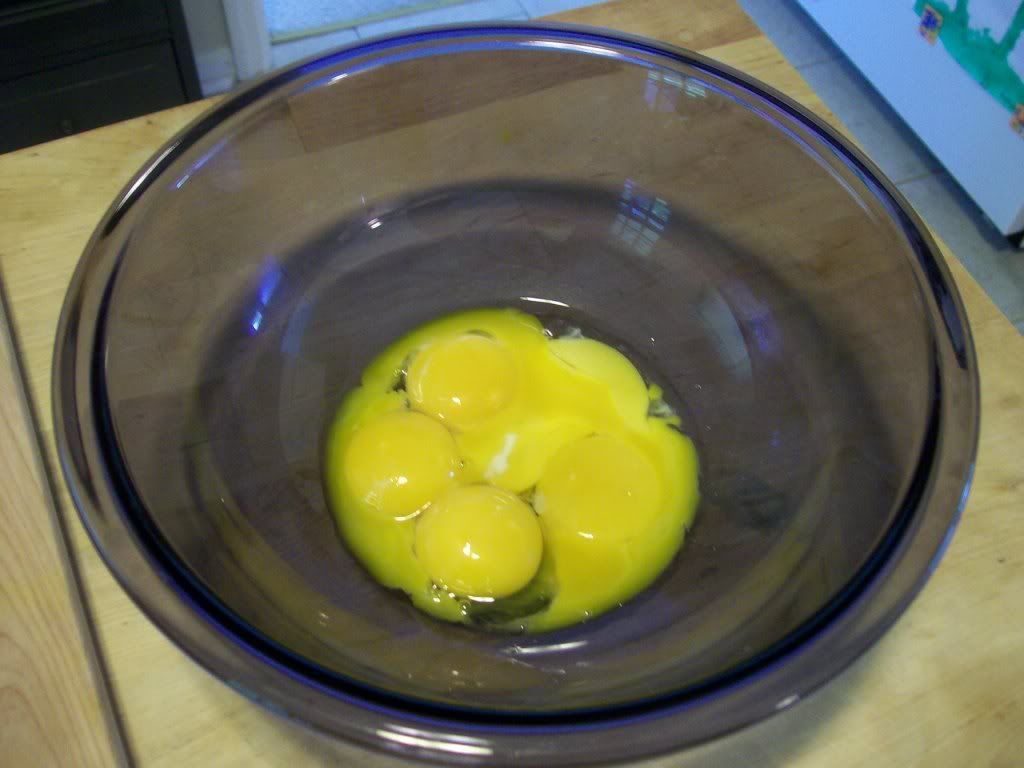

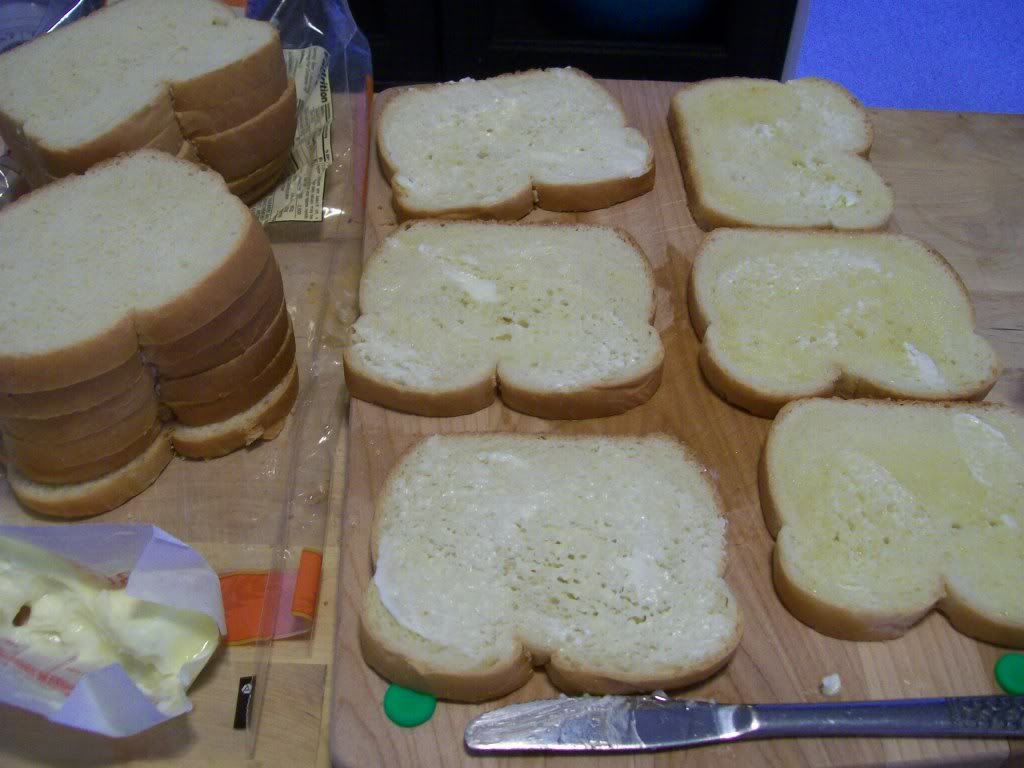
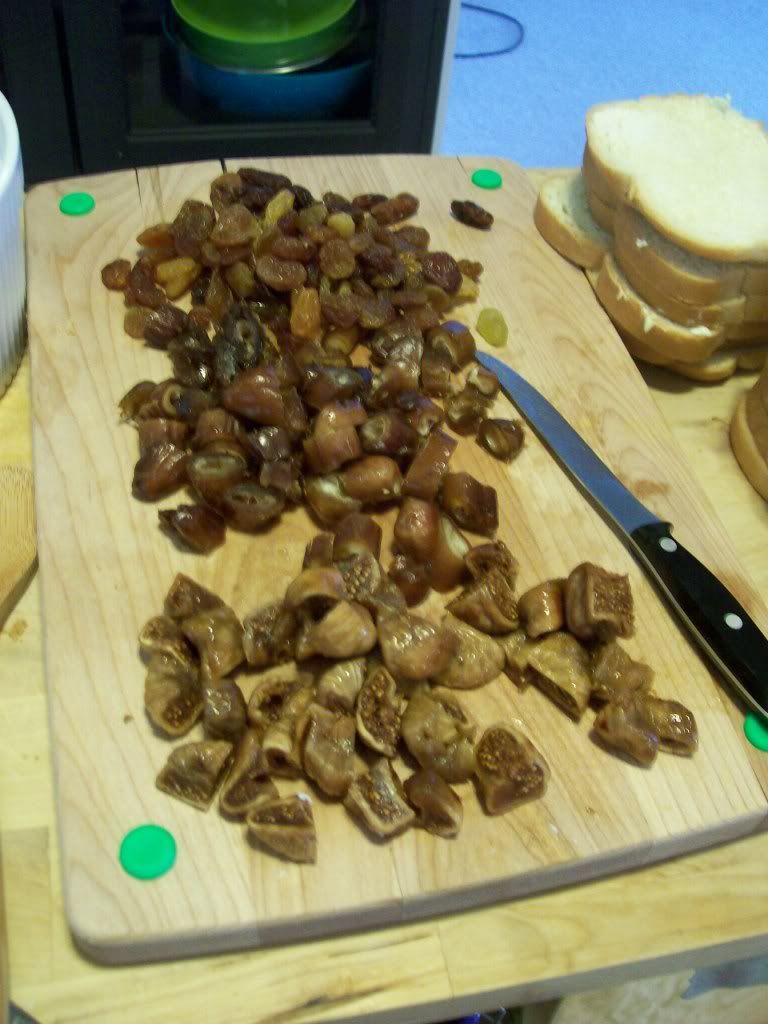
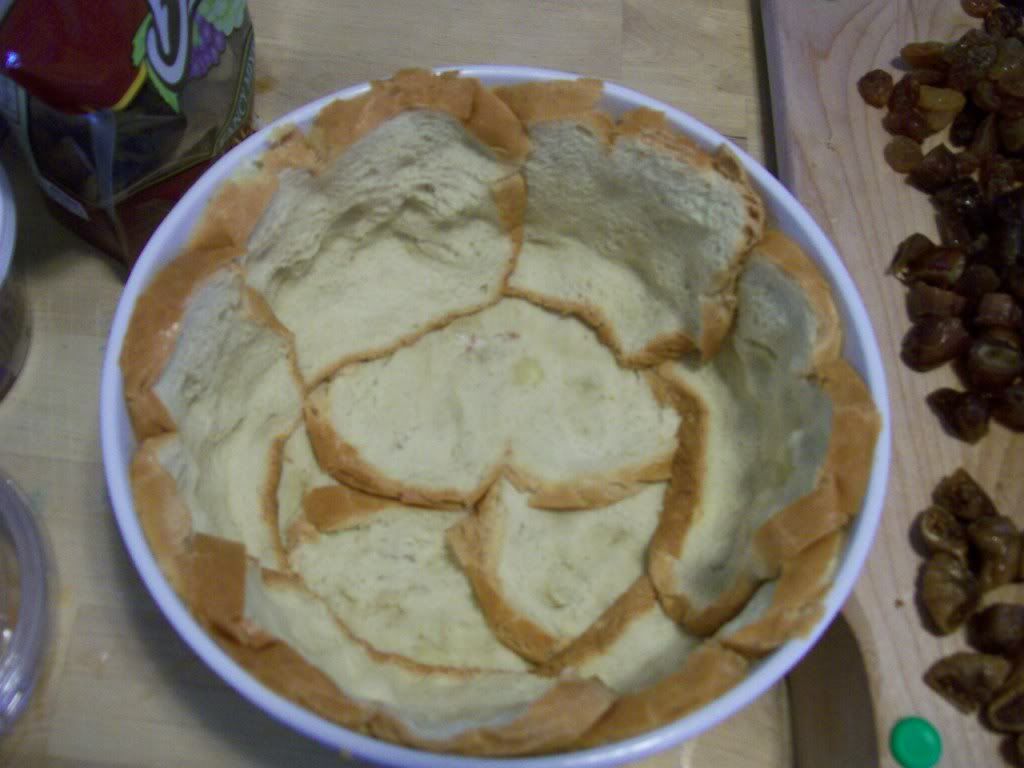
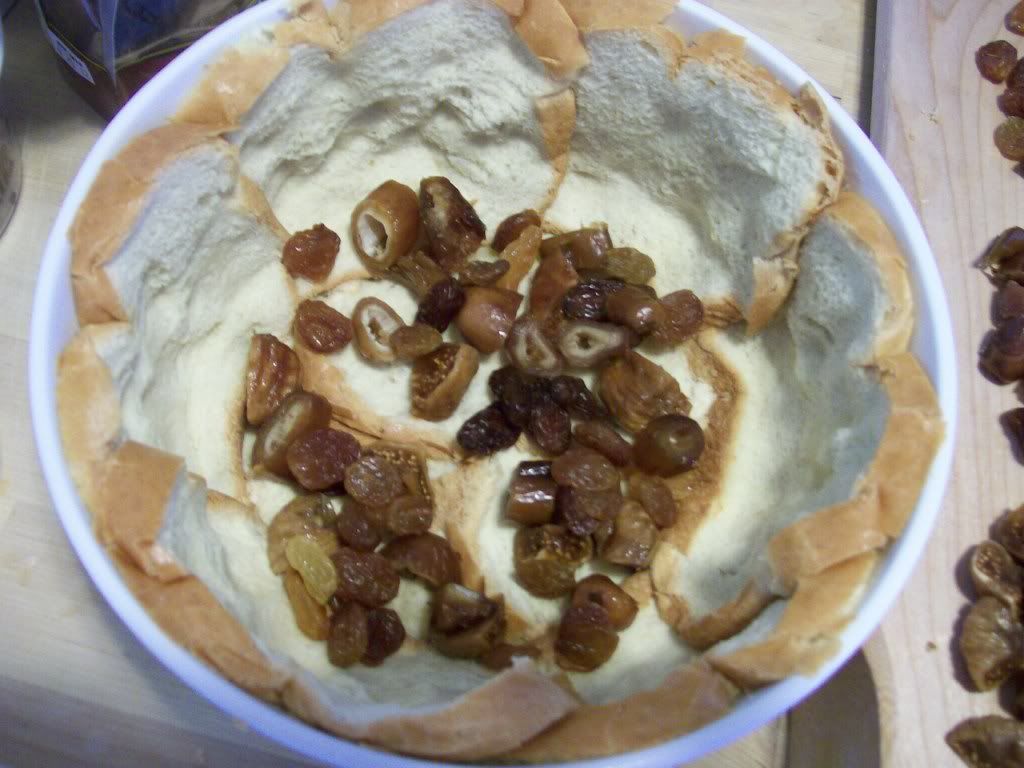
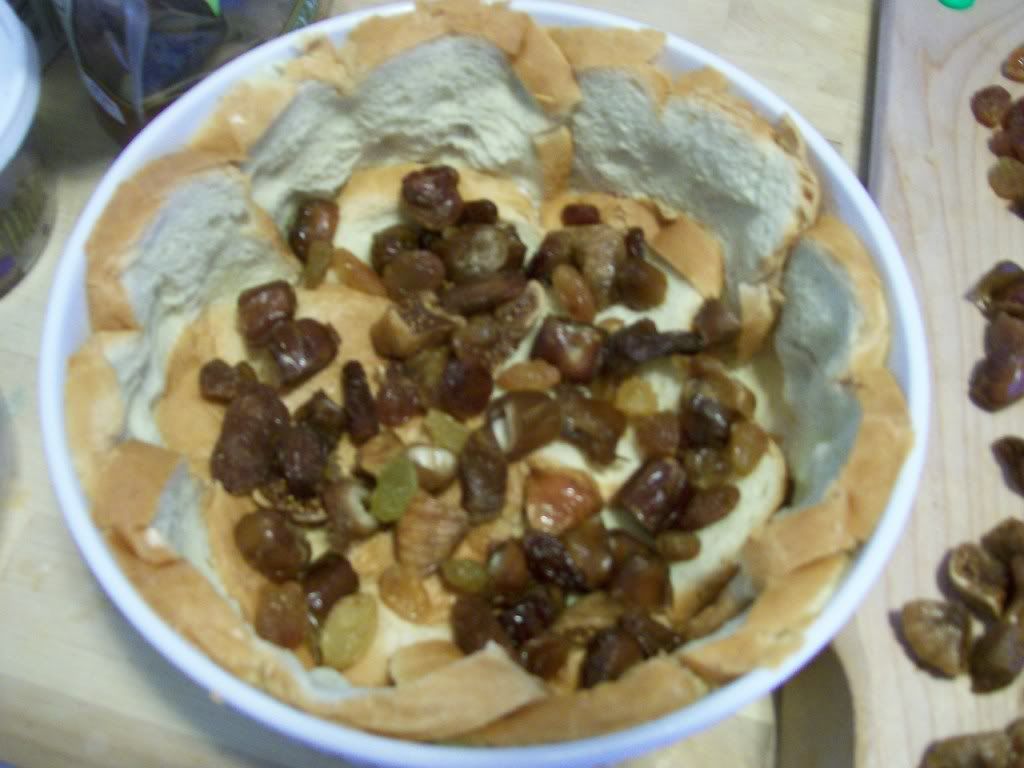
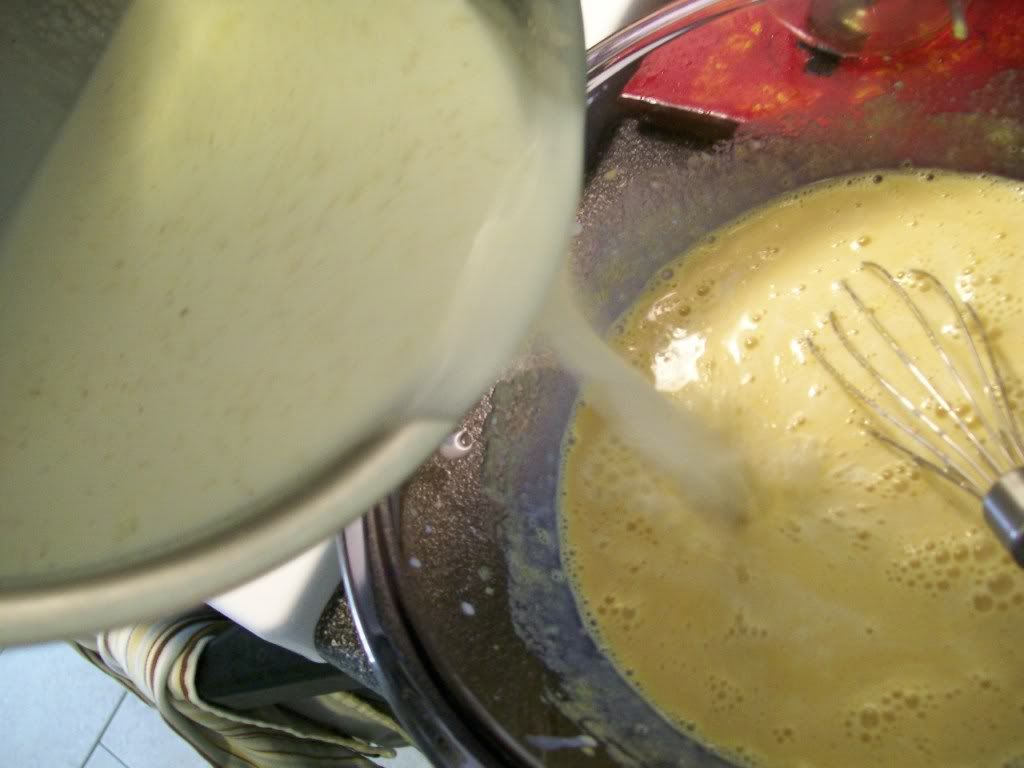
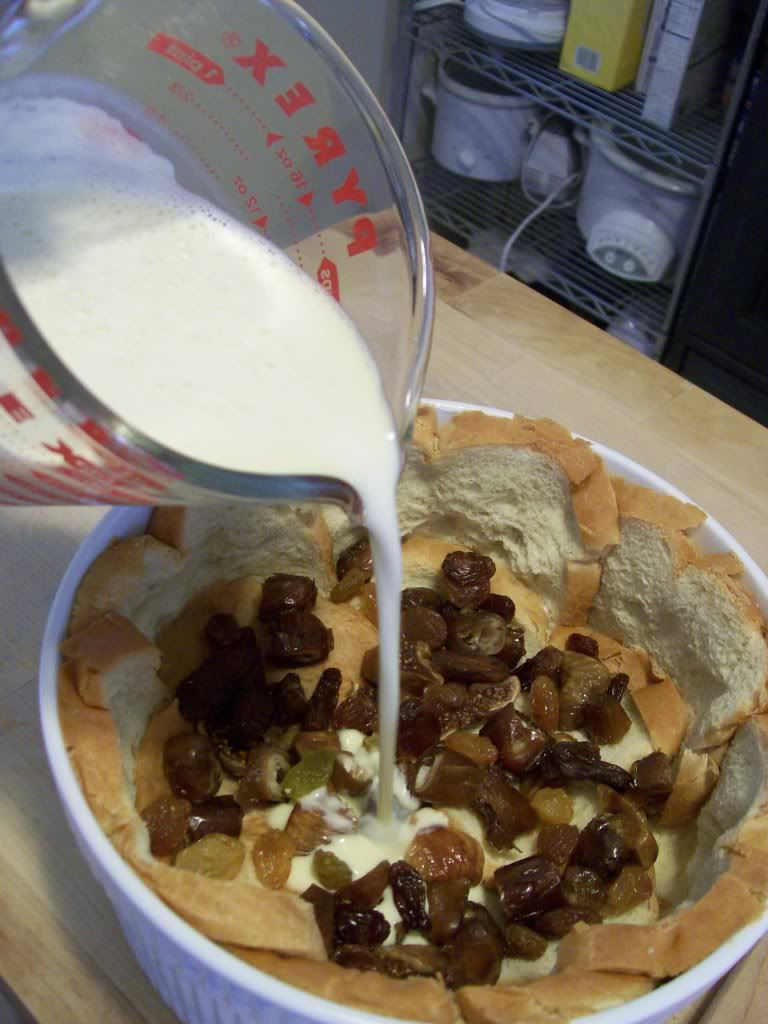
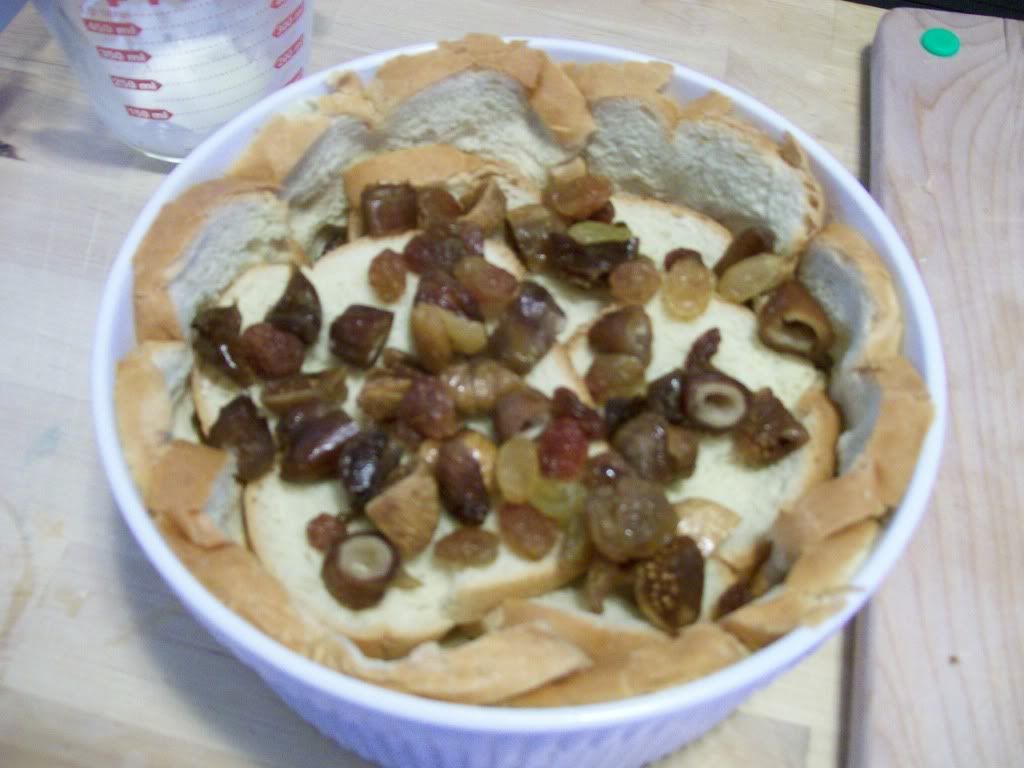

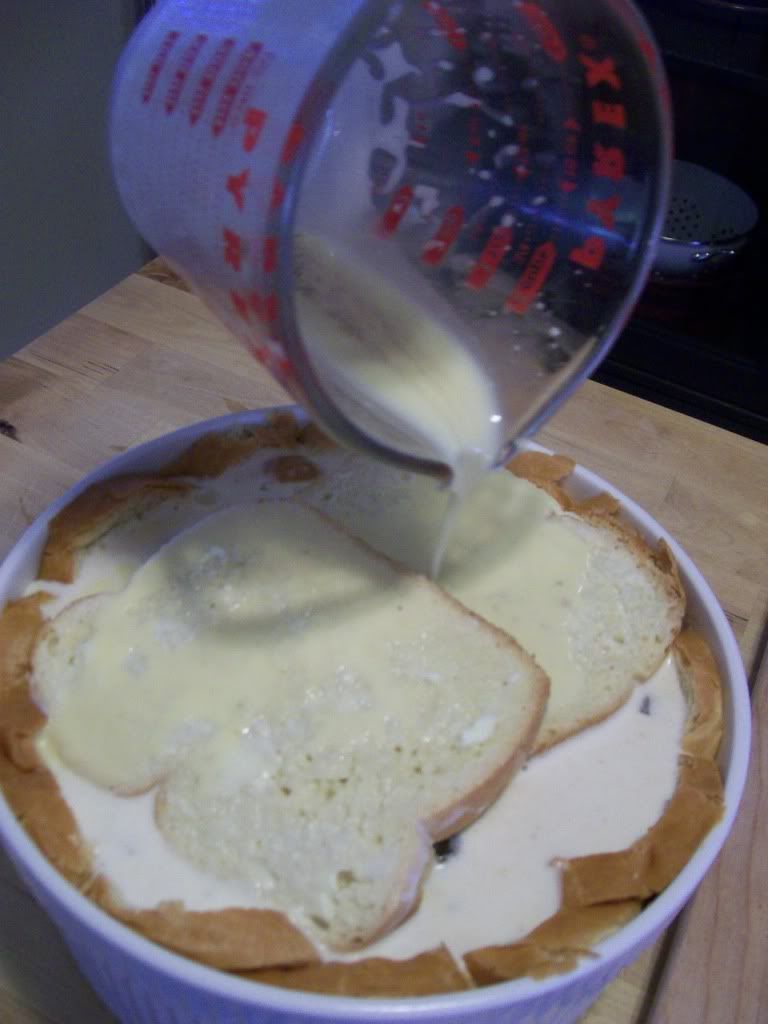
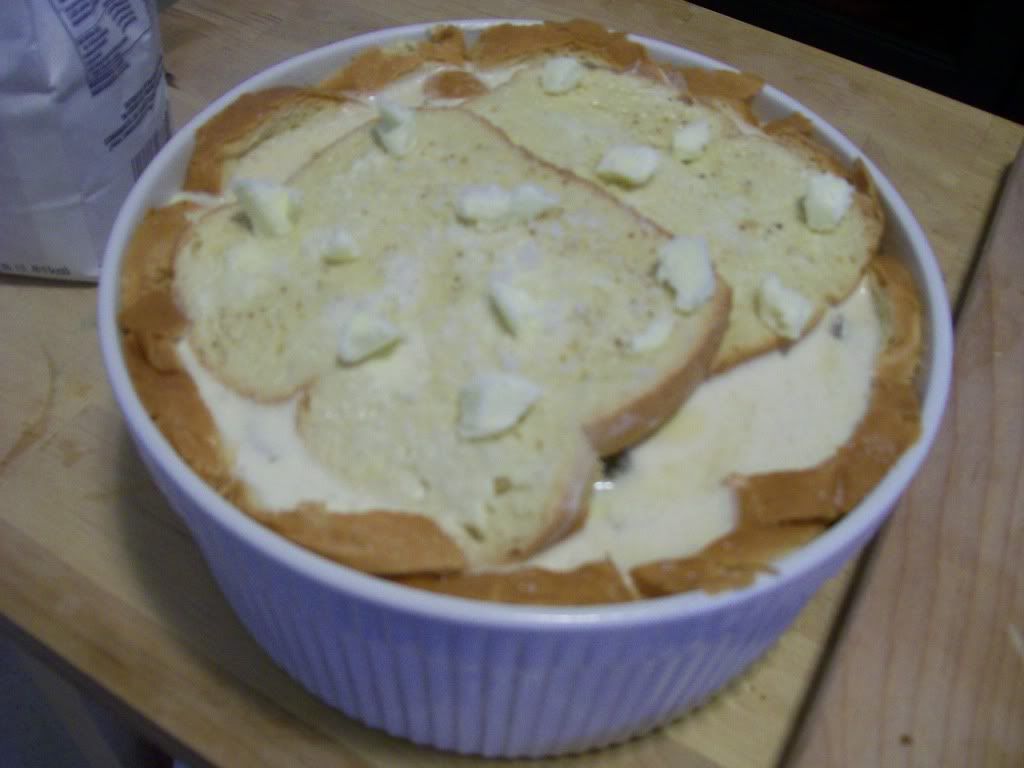
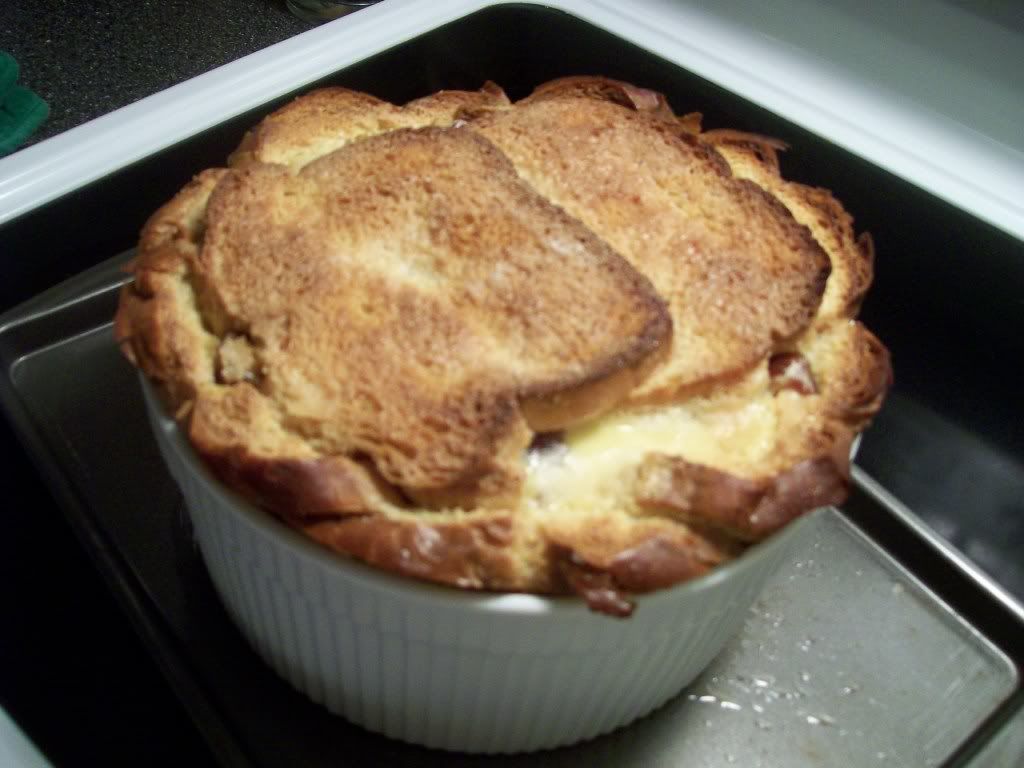
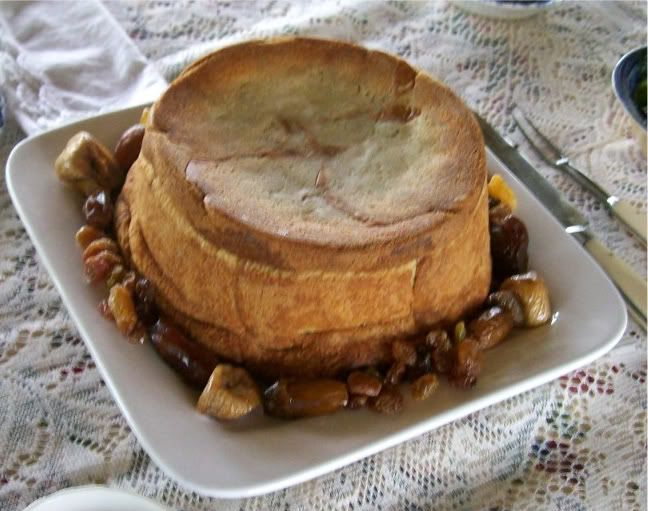
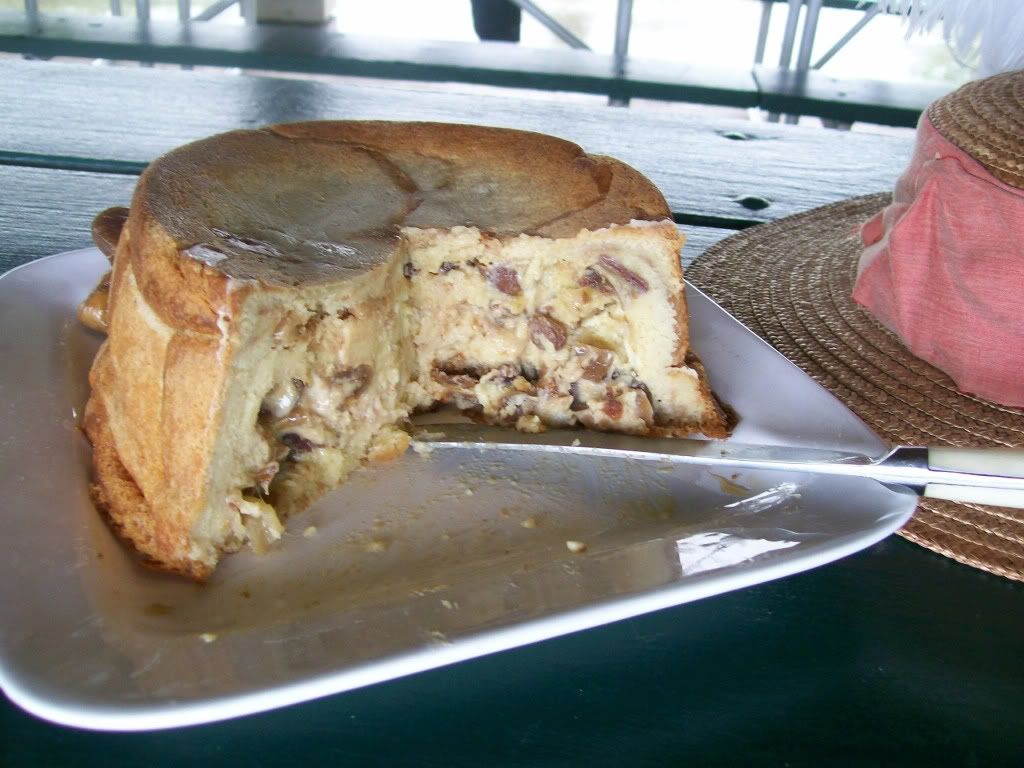

Comments
I enjoyed the lovely picnic pictures, too!
Sabine
~Kristen